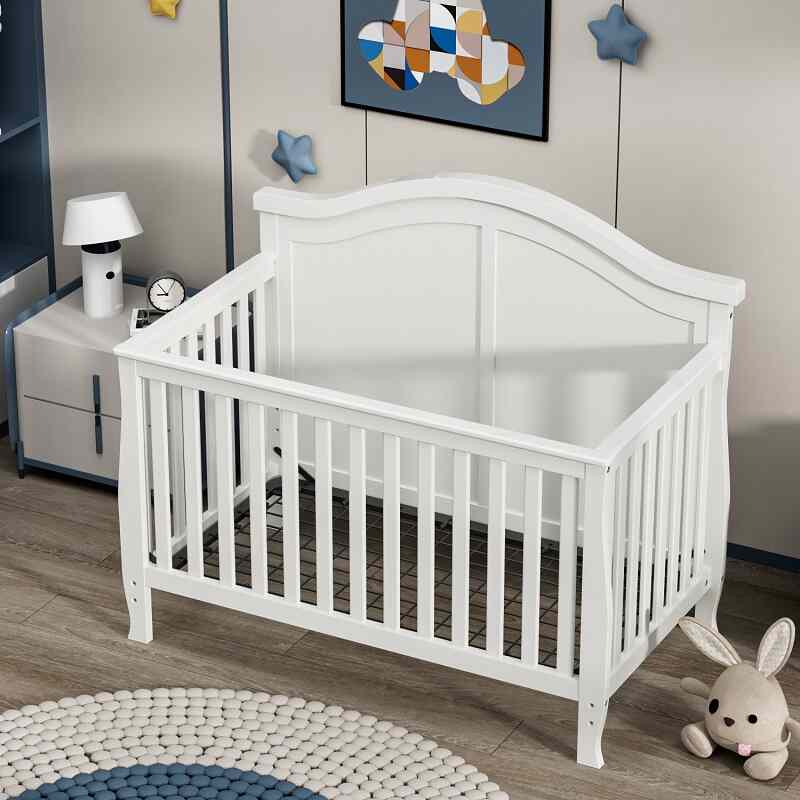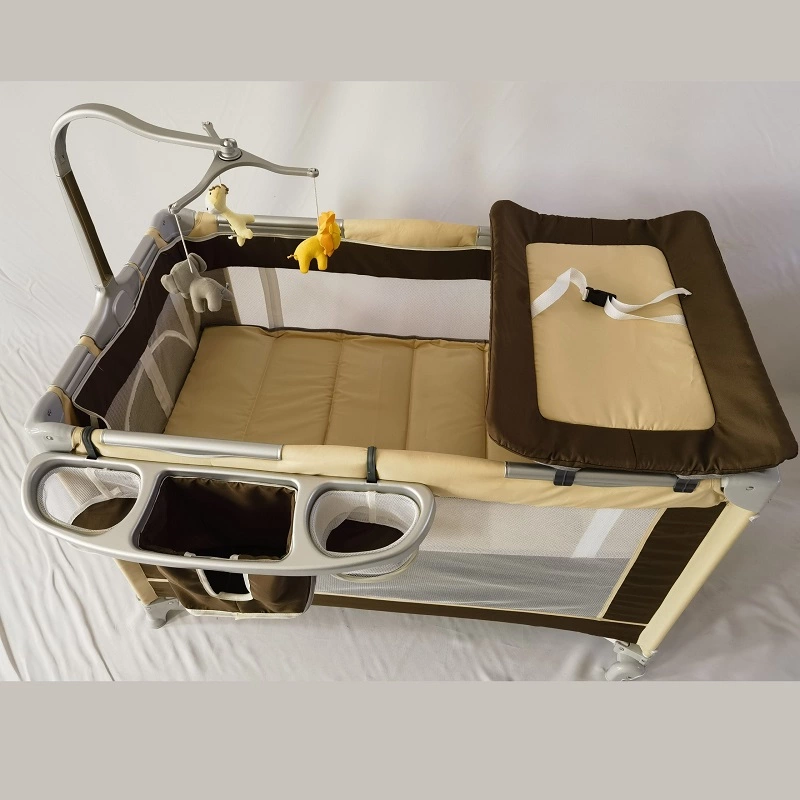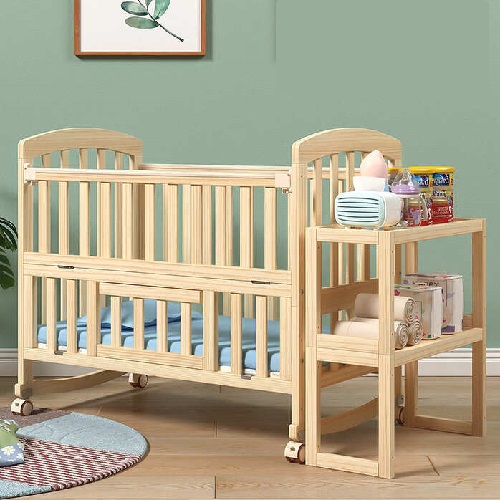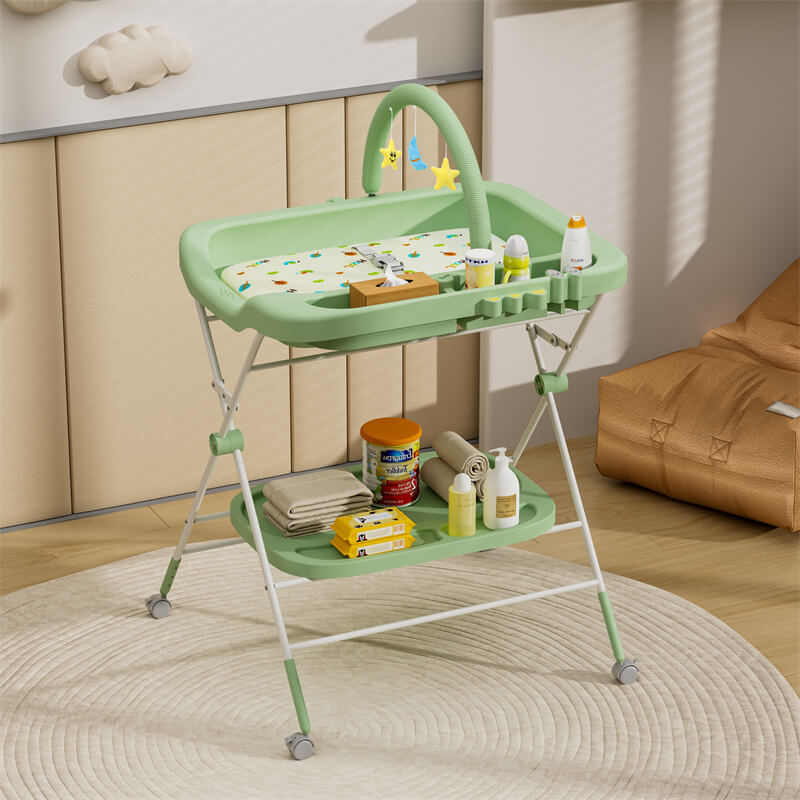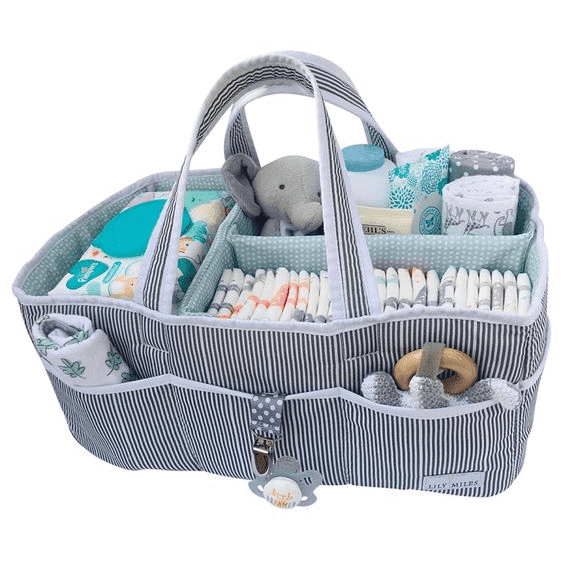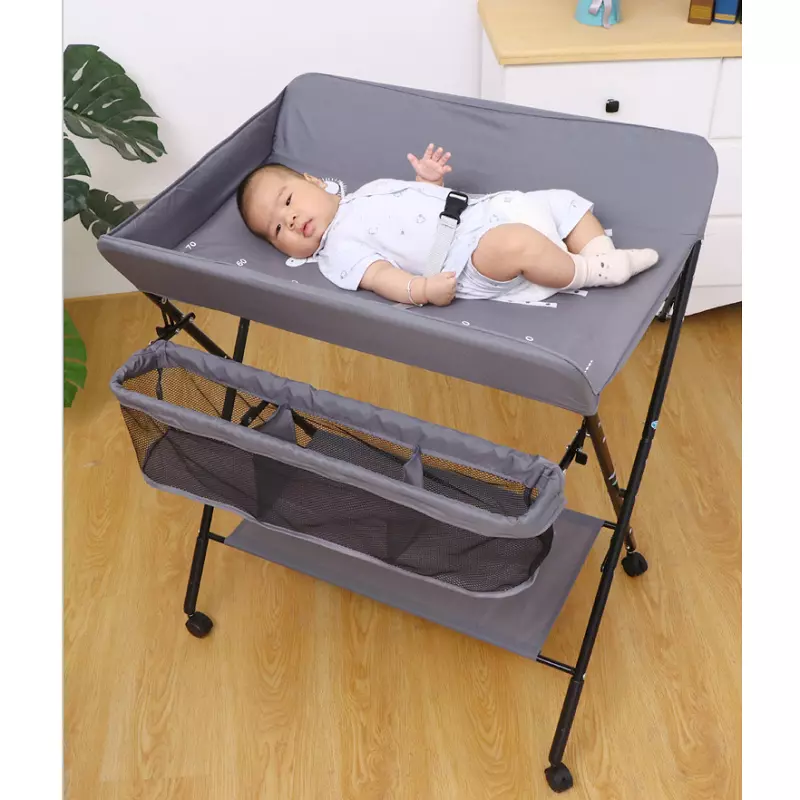Do you have questions about the longevity and safety of your baby’s crib as a parent, soon-to-be parent, or worried caregiver? You have come to the right place. For your child’s safety and comfort, knowing how much weight a crib can support is essential.
In this comprehensive guide, we address important questions, such as how much weight a crib can support, things to consider when selecting a crib, if you can sleep in the crib with your child, and when to move out of the crib.
Read on to find out how long weight-wise you can keep your baby in a crib.
What Is the Weight Limit for a Crib?
1. Standard Crib Limit
А standard crib is just a regular crib with four sides of crib railings and no moving parts. It is the most popular kind of crib and usually has a 50-pound weight limit.
Your youngster should be able to enjoy themselves within this restriction until they are two or three years old, depending on their height and weight.
2. Mini Crib Weight Limit
Mini cribs often feature lower weight limitations than standard cribs and are made for smaller rooms. In most homes, mini cribs easily fit through conventional doorways and frequently come with wheels.
The amount of weight that mini cribs can typically support is impacted by their size and frequent usage of wheels. Typically, a tiny crib can support 35–50 pounds. You should expect it to support less weight than the majority of convertible and standard cribs.
3. Convertible Crib Weight Limit
The weight restrictions of convertible cribs, which may be transformed into toddler or full-size beds, are often greater. These cribs can support weights of 50 to 100 pounds or more, depending on the model and configuration.
А decent convertible crib may have a higher weight limit because of the sturdy solid wood structure of the bed or because it is designed to support toddler bed conversions or even full-size bed conversions in the years to come.
4. Portable Travel Crib Weight Limit
Generally speaking, portable or travel cribs have lower weight restrictions than standard cribs because they are made to be used on the go or in cramped living areas.
These cribs, which typically hold 30 to 40 pounds, prioritize portability and lightweight design above heavy-duty weight capacity.
Since these cribs aren’t meant to be used for extended periods of time, always refer to the manufacturer’s instructions for the precise weight restriction and abide by their suggestions for safe usage.
Understanding Crib Materials and Their Impact on Weight
The crib’s ability to support weight is greatly impacted by the materials chosen, whether it be solid wood or dependable metal. Choosing cribs made of sturdy, high-quality materials guarantees more stability and support.
Сравнительная таблица материалов для детских кроваток
| Материалы | Maximum weight capacity | Функции | |
| Деревянные кроватки | Дуб | 50 Pounds and over | Oak wood is a long-lasting alternative because it’s very strong, hard, heavy, and dense with very close grain. Additionally, Oak is exceptionally stiff, offering one of the highest load-bearing capacities among woods. |
| Сосна | 35-50 Pounds | Pine, a softwood, has moderate strength and a lower load-bearing capacity compared to hardwoods like oak and maple. If not adequately dried and cured, it is more prone to warping and twisting and is not as resilient as hardwoods. | |
| Клен | About 50 Pounds | Maple is a hardwood with high strength and excellent load-bearing capacity that is suitable for sturdy constructions. Maple hardness level is less dense than Oak and slightly denser than Cherry. | |
| Beech Wood | About 50 Pounds | Beechwood is a strong hardwood with good load-bearing capacity, slightly less than oak but still substantial. It has a high resistance to impact and is stronger than oak in compression and tension. Beechwood is one of the hardwood species that grow the fastest and has a lighter color than many others. | |
| Инженерная древесина | 30-40 Pounds | Engineered wood typically has the lowest load-bearing capacity among the above wooden materials. While it is cost-effective and environmentally friendly, it may not provide the same strength and durability as solid woods. | |
| Металлические кроватки | Железо | 50 Pounds and over | Compared to wooden cribs, iron cribs are more resilient and can endure years of use. Over time, iron cribs maintain their structure and form because they are resistant to environmental influences. |
| Aluminium | 50 Pounds and over | Aluminum cribs are more resilient to wear and tear than wood cribs. To avoid tilting, aluminum cribs can be constructed with a sturdy bottom and robust frame. |
Factors to Consider When Choosing a Crib
When selecting a crib, several factors should be taken into account to ensure it meets your child’s needs safely.
1. Возраст и размер ребенка
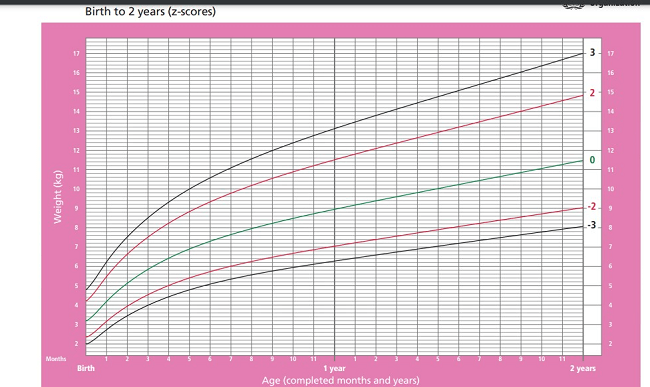
Although every baby grows in height and weight in a unique way, charts like the above WHO chart, might provide you with a better idea of what to anticipate. Before they outgrow their crib in weight, the majority of babies will outgrow it in height.
A toddler under the age of two should surely weigh no more than fifty pounds. It’s crucial to remember that the majority of cribs can only support a maximum weight of 35 to 50 pounds, and can accommodate children aged between 0-4 years.
If you plan to keep your child in a crib until age three and then transition him or her to another sleeping surface, look for a crib that can accommodate a three-year-old’s height and weight (in terms of typical height and weight for that age group).
2. Additional Weight from Accessories
The weight of the child must be taken into account, as well as the weight of any accessories. This covers any toys that might be put in the crib as well as the mattress and sheets.
The weight of a typical crib mattress can range from 10 to 30 pounds, and the addition of blankets or stuffed animals can further raise the overall weight. Always make sure the child’s and accessories’ combined weight doesn’t go above the crib’s weight limit.
3. Safety Standards
The distance between crib slats shouldn’t be more than 2 3/8 inches. By doing this, the baby won’t unintentionally get their head trapped between the slats. Selecting cribs with a Greenguard Gold certification is essential since there is a possibility that some wood cribs may have dangerous finishes.
4. Wheels
Having wheels on the crib has advantages and disadvantages. Investing in cribs with wheels provides ease of movement when cleaning, but you must ensure that the wheels have locks to prevent them from moving when you don’t want them to.
Can I Sleep in the Crib with My Baby?
Worrying for your child is a natural aspect of being a parent. You will undoubtedly want to be near your child constantly, even if you have done all the research and purchased the ideal crib that satisfies all safety requirements.
However, cribs are not designed to bear an adult’s weight in addition to a baby’s, and doing so could weaken the crib’s construction and increase the risk of mishaps or injury.
The majority of cribs are made to accommodate babies, not full-sized adults like you, and have a 50-pound weight limit.
Despite the crib size, instead of climbing into one with your young one, or sitting in it, even when comforting your baby.
You can consider using a bassinet or co-sleeper designed for close contact while ensuring your baby has their own safe sleep space.
When to Transition out of the Crib?
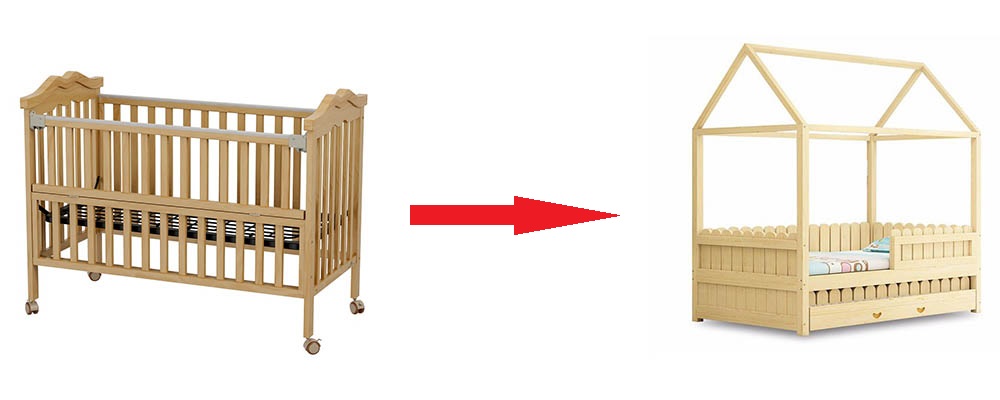
According to the American Academy of Pediatrics (AAP), a child should be moved from a crib to a toddler bed when the railing is lower than their chest. Children are more likely to have injuries at that height because they can more readily climb out of the crib.
Transitioning typically occurs between the ages of 18 and 36 months, while there are no specific age guidelines. The majority of experts advise delaying until their third birthday, if at all possible.
Each child is unique, so if yours is crawling out of their crib frequently, requesting a big kid bed, or surpassing the crib’s weight restriction, those are acceptable reasons to switch.
Alternatives for Larger Babies or Toddlers
As your child grows, he or she will need to leave the small crib and sleep independently. At this time, you need to find a suitable sleeping alternative. Examine the top available choices.
Кровати на полу
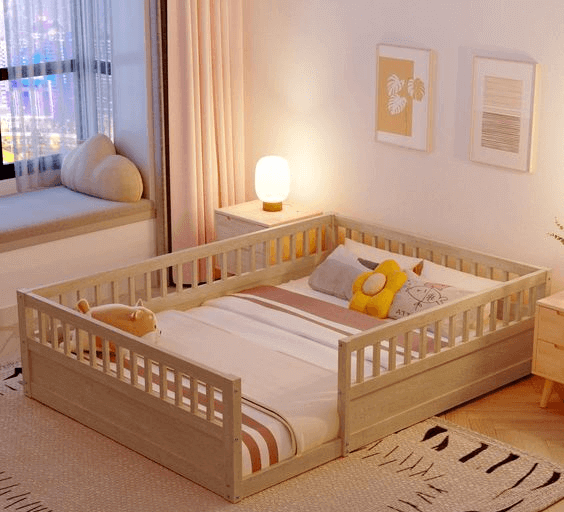
A floor bed is a low bed that can be used in place of a crib by a baby or toddler. Younger babies can safely use them because they are lower than a toddler bed. Many do not have bars surrounding them, but some do. Falls are much less of a problem because they are so close to the ground.
Кровати для малышей
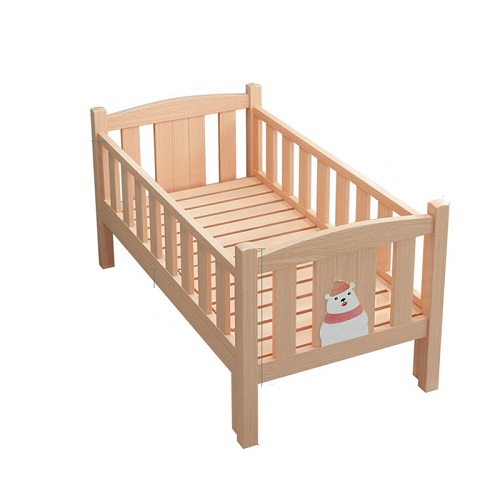
A toddler bed is a 140-centimeter by 70-cm bed made specifically for toddlers. Compared to twin beds, toddler beds are often smaller and require much less room.
They usually feature weight limitations that are comfortable for children and are lower to the ground. They are therefore a good option for kids who have outgrown their cribs.
Двухъярусная кровать
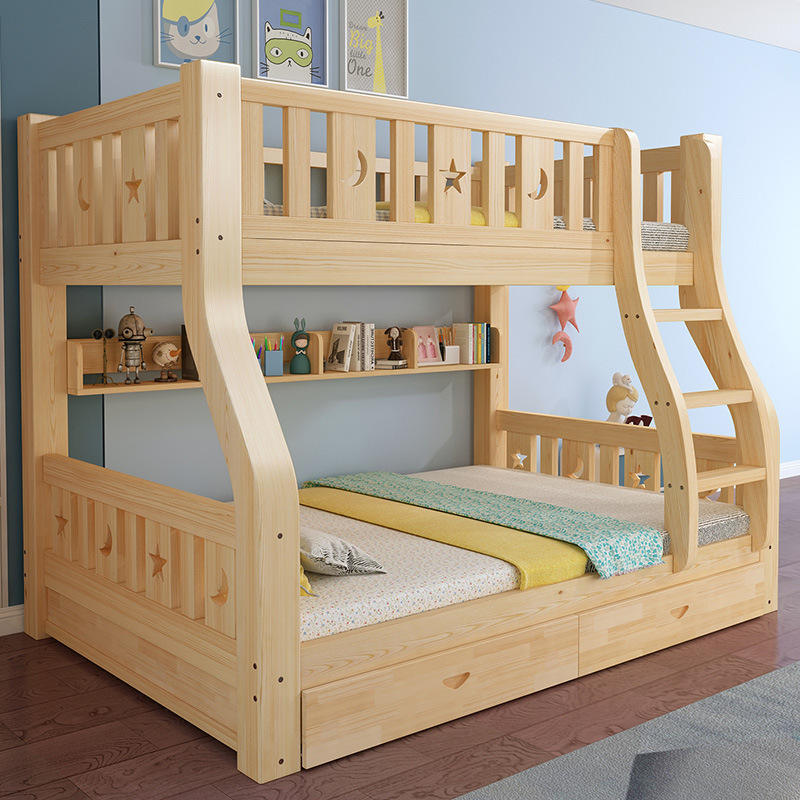
A bunk bed is a single unit that has two or more beds stacked on top of each other. The U.S. Consumer Product Safety Commission advises that only individuals aged 6 and older should utilize the top bunk of a bunk bed due to the height of the upper bed and the requirement for a ladder.
Tips for Ensuring Crib Safety
Observe the Manufacturer’s Instructions: Always abide by the weight restrictions, usage guidelines, and assembly instructions provided by the manufacturer. The goal of these regulations is to increase safety while lowering the likelihood of mishaps or injuries.
Examine the Crib Often: Regularly inspect the crib for signs of damage, wear, or loosening hardware. To prevent harm and extend the crib’s lifespan, address any issues as soon as you can. Make sure that all nuts, screws, and other components are fully tightened to maintain structural integrity.
Don’t Overload the Crib: Don’t stuff the crib full of extra blankets, toys, or accessories. These items pose a suffocation risk and can weigh more than the crib can hold.
Select a High-Quality Mattress: Select a mattress that satisfies safety requirements and is firm and fits well. A quality mattress reduces the risk of suffocation and SIDS, which promotes safe sleep in addition to providing comfort.
Keep the crib away from cords and windows: To lessen the chance of strangling or entrapment, keep the crib away from windows, blinds, and cords. Verify that the crib is not in close proximity to any cords or strings.
Заключение
As we conclude our crib weight guide, we must emphasize once more how important it is to understand this aspect of crib safety. Beyond just following the law, figuring out a crib’s weight restriction is crucial for your child’s safety and wellness.
By being aware of the weight limitations on your infant’s crib, you may proactively provide a safe sleeping environment. With this knowledge, you may make an informed crib choice and put it to its intended use.


